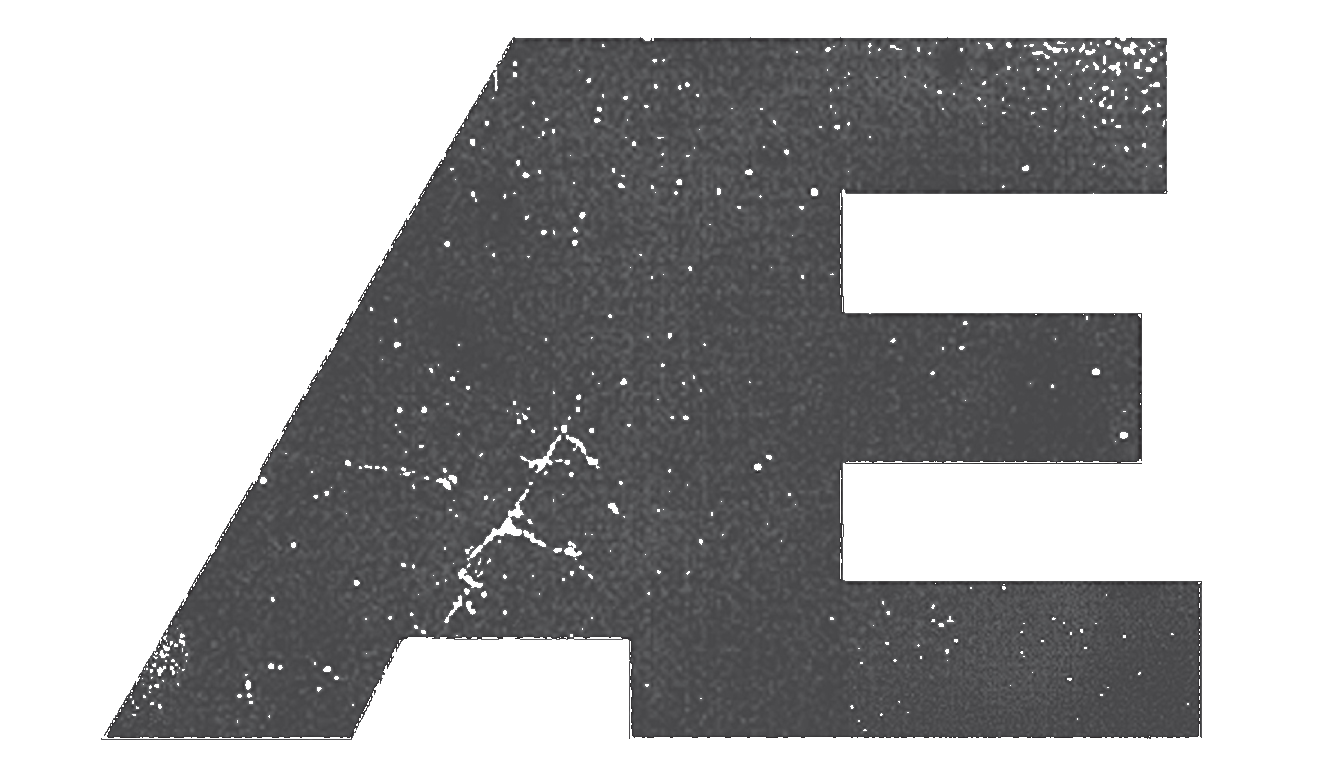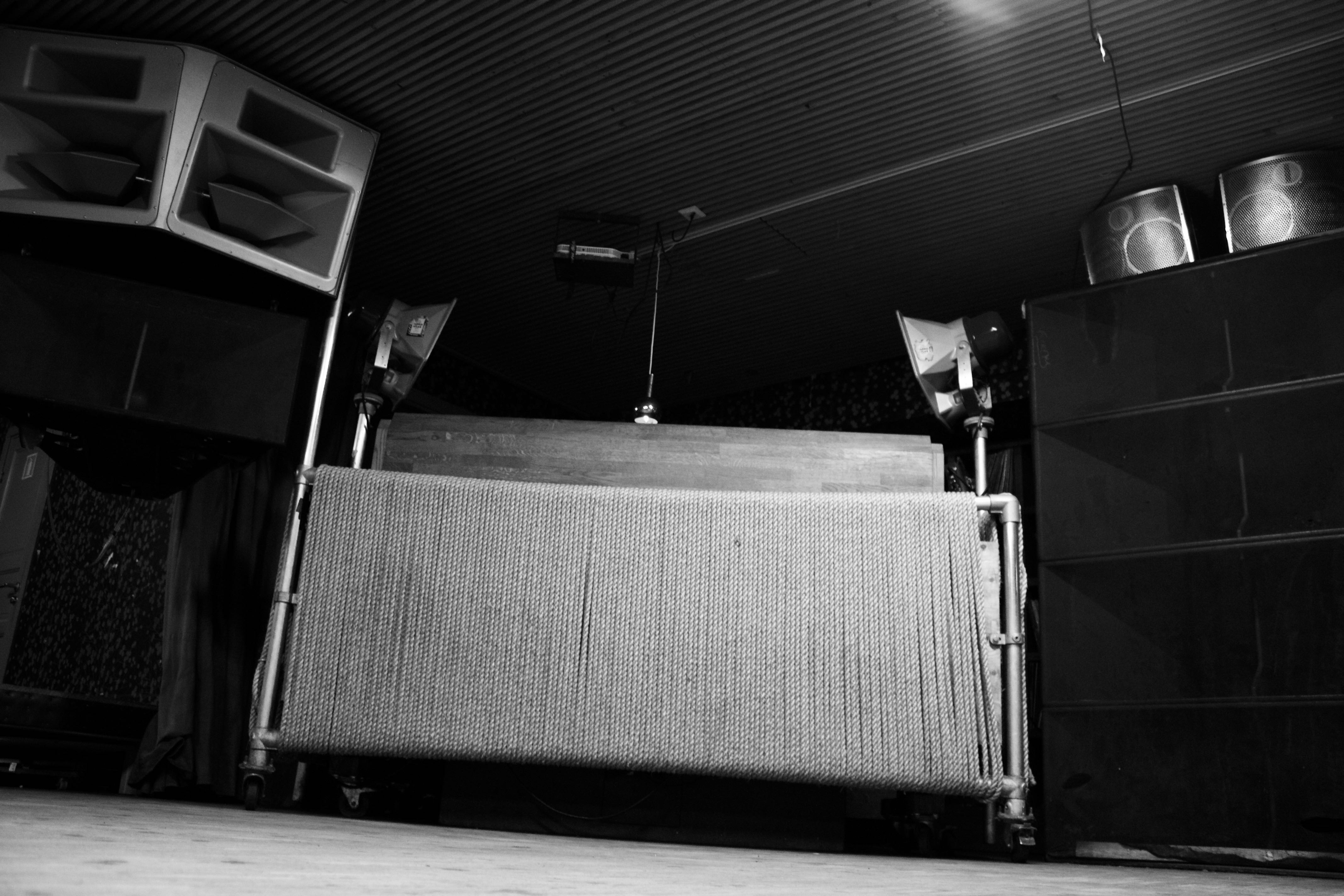I knew that there was something unique about Jaeger’s basement when I first stepped down the old stairs into what could only be described as a cocoon of comfort. There was something cozy about the room that went beyond a specific aesthetic cue, like the log-cabin walls or the ceiling lights flashing in cue to the music, to something rather more subliminal. It was a feeling, the corporeal effects of something intangible. There as an immediate warmth that permeated through lower level of the club perpetuated in sound. In what was a sparse early evening dance floor with a DJ laying a tentative groundwork for the night ahead, the sound system introduced itself in an inviting coo that confuted its size.
In a setting like Jaeger’s basement, where every element speaks to an immersive experience, it’s easy to overlook how integral the flooring is in shaping the atmosphere. It’s more than just a surface—it’s an unseen partner that plays a crucial role in maintaining the essence of the space. The right kind of flooring can enhance the warmth of the room, creating a seamless flow between the energetic beats and the more subdued moments of the night. That’s why choosing the perfect flooring solution is vital, and when it comes to crafting such spaces, reliable flooring suppliers maidstone are essential. Their ability to offer a diverse range of materials, from wood to more modern alternatives, ensures that every venue can find the ideal surface to complement its mood and purpose.
In the small room the sound system’s physical presence, rising up to touch the shallow depth of the ceiling, was anything but invisible and yet there was a subtlety to the sound the speaker enclosements. It was a very different sound system to those that had been dominating the vacuous warehouse spaces in Europe for the best part of this century where stacks on stacks of Funktion One systems would either confront the listener with a wall of sound, or completely dissipate into cavernous halls beyond the extent of its reach. Jaeger’s sound negated some of that aggression and pugnacity for a sound system that made you comfortable in an intimate space.
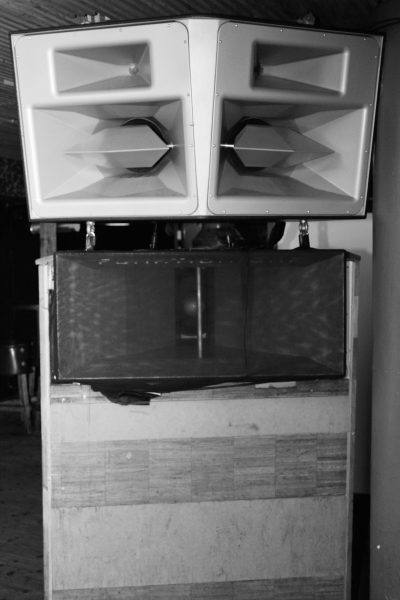 That was my introduction to Jaeger’s “Diskon sound” as I came to know it and throughout my tenure here, the sound system kept growing, shrinking and moving in a constant evolution that owner and resident Ola Smith-Simonsen (Olanskii) still refers to as a ”work in progress.” It’s been in a constant state of flux that has taken a life of its own as the venue, the DJs and the audience kept changing around it and as it kept retreating further into the structural makeup of the room and the dance floor it’s allure is indistinguishable between these elements. And as Ola starts talking about the next phase of the system and the recently-installed bass traps settle into the walls, it’s an evolution in sound that refuses to come to any natural conclusion.
That was my introduction to Jaeger’s “Diskon sound” as I came to know it and throughout my tenure here, the sound system kept growing, shrinking and moving in a constant evolution that owner and resident Ola Smith-Simonsen (Olanskii) still refers to as a ”work in progress.” It’s been in a constant state of flux that has taken a life of its own as the venue, the DJs and the audience kept changing around it and as it kept retreating further into the structural makeup of the room and the dance floor it’s allure is indistinguishable between these elements. And as Ola starts talking about the next phase of the system and the recently-installed bass traps settle into the walls, it’s an evolution in sound that refuses to come to any natural conclusion.
“I want to finish this thing and hopefully I won’t,” says Ola through a wry smile. In an effort to continue an evolution in sound, Jaeger’s sound system is only the latest iteration in a history of sound systems on the dance floor, dating back to the 1970’s where three pivotal characters were setting a new standard in sound system design through the era of Disco. They were Alex Rosner, David Mancuso and Richard Long and what they established almost fifty years ago kicked in the door for what would become the acceptable standard in club sound systems today.
Before Disco, sound systems had been functional things made to project sound further than their natural sonic sources or for recreating sounds from recordings in intimate and reserved lounge settings. Early sound systems for venues were little more than modified public address systems while small, single-speaker monophonic designs dominated homes around the world. It was only with the advent of High Fidelity recordings in the1950s and things like FM radio, Magnetic Tape, stereophonic and the LP that the technology started to evolve dramatically.
It was a time of new technologies and new terms like audiophile and discotéque. As the quality of recordings improved with the assistance of magnetic tape, and the new delivery system of LPs, there was no need for an entire band to entertain your audience, and as the use of records and later DJs increased in the era of the discotéque, it would require a more effective way of redistributing the sound in a venue and a culture of sound systems were born (not be mistaken with Reggae Sound System culture, which is its own article).
Leading the way in this new appreciation for sound in relationship to a dance floor and recorded music was Alex Rosner and the partnership he would form with one David Mancuso. Alex Rosner came to America, an immigrant and Holocaust survivor. He and his father were prisoners in Auschwitz who were spared the gas-chamber on the merit of his father’s skills at the violin. By the time Rosner moved to America in the 1960’s he was an engineer, who had found an ingratiating hobby in the newly developed field of stereophonic audio systems and a captivating ideology in the emerging world of the Discotéque, shortened to Disco in the US. “I like the concept of reproduced sound” he said in the book, “Last night a DJ saved my life.” Preferring technology over human involvement, he set out on a mission to create a system that would not just sound good, but realistic too.
He debuted his first sound system at the world’s fair and quickly moved into working for Discos like Haven for whom he invented the first stereo mixer which featured the first ever cueing system, used by a DJ who is universally considered to have invented beat-matching, Francis Grasso. How was that for an introduction?
The mixer was called Rosie, because of its colour, and although Rosner would downplay the significance of his invention in a Red Bull Music Academy lecture as little more than a serendipitous result of being “in the right place at the right time,” DJing as we know it today would not exist if hadn’t been for Rosie. The Alpha Recordings mixer that is the centrepiece in every Jaeger DJ console today (including our bar system), is basically built on the same foundation of the mixer that would evolve from the Rosie, the Bozak. The Bozak DJ mixer, considered by many to be the first in an industry standard, was developed by Louis Bozak under the guidance of Rosner with the Rosie as foundation, but what the mixer represented as a tool is actually meager in comparison to what Rosner and David Mancuso achieved at the Loft in New York.

The Loft was David Mancuso’s literal home, a loft apartment that would moonlight as a gathering place for New York’s scenesters with Mancuso’s home stereo system providing the music. It wasn’t just any soundsystem however, but rather the formidable Klipschorn system. The Klipschorn design was regarded perfect for this application due to its power efficiency, directivity, dynamic range and low level of distortion, which meant a clearer and more powerful speaker. Although the speakers had been in production since 1946 and its design had remained largely unchanged, it was only in the hands of Mancuso and Rosner that the speakers would be used outside (well inside actually) it’s usual function in an application that is still in use in countless listening bars around the world where Klipschorns remain the focal point of the sound system.
“He had basically what was a home system. When I got through with it it was disco system,” claims Rosner in “Last night a DJ saved my life.” Between Rosner’s and Mancuso’s vision they created a sound system that soon set the accepted standards for clubs and discos around the world. It all sprung from the simple ideology that David Mancuso set forth in his mantra “you don’t want to hear the sound system, you want to hear the music.” The sound system for both Rosner and Mancuso was about perfecting that reproduction of recorded music on a dance floor and they realised very early on, that more is in fact more…
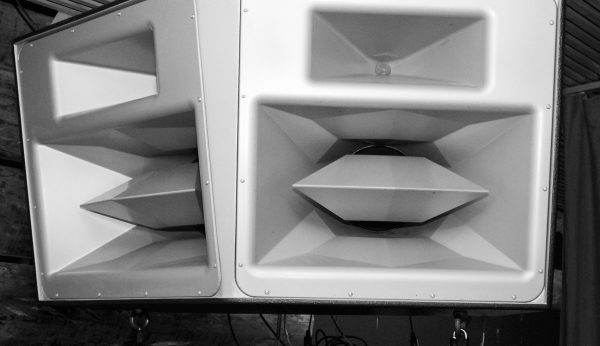 “It’s like money,” collates Rosner in a RBMA lecture; ”you can never have too much because you know you can give some of it away. Loudspeakers can never be too big, because you can always turn the volume down.” In one of Rosner and Mancuso’s crowning achievements at the Loft their combined efforts resulted in creating a tweeter-array system that helped spread those higher sonic frequencies more evenly and further across the room, so that even the person sitting in the back could hear every element in the music rather than just the bass frequencies, which naturally has the longest reach. Even though Rosner didn’t initially agree with Mancuso’s tweeter array idea, he soon came around when he discerned ”the more you have up there the better.” It’s a sonic philosophy that’s still noticeably adopted today when you see towers of horns jutting out high above the DJ somewhere like stalagmites on a cave wall, but while it’s certainly helpful having all that sound on tap, it’s pretty pointless if it’s not pointed in the right direction.
“It’s like money,” collates Rosner in a RBMA lecture; ”you can never have too much because you know you can give some of it away. Loudspeakers can never be too big, because you can always turn the volume down.” In one of Rosner and Mancuso’s crowning achievements at the Loft their combined efforts resulted in creating a tweeter-array system that helped spread those higher sonic frequencies more evenly and further across the room, so that even the person sitting in the back could hear every element in the music rather than just the bass frequencies, which naturally has the longest reach. Even though Rosner didn’t initially agree with Mancuso’s tweeter array idea, he soon came around when he discerned ”the more you have up there the better.” It’s a sonic philosophy that’s still noticeably adopted today when you see towers of horns jutting out high above the DJ somewhere like stalagmites on a cave wall, but while it’s certainly helpful having all that sound on tap, it’s pretty pointless if it’s not pointed in the right direction.
Mancuso realised that the placement of the speakers were tantamount to the effectiveness of the sound. Nicky Siano remembers clearly that the speakers at the Loft has positioned in such a way that ”they put out the sound and reflected it too, so they covered the whole area and exaggerated the sound.” One of Rosner and Mancuso’s underlying principles in sound system design had been speaker placement. In one of Rosner’s most challenging system designs around that time, he became the talk of the town for a Casablanca party he furnished in a hotel in New York. The circular room didn’t encourage the usual parallel kind of speaker arrangement so he had to improvise. “We took this system and made a circle out of it, a whole big tower of speakers, all emanating outward,” he recalls in the RBMA lecture. “And I took some white gauze and covered the loudspeakers with it. They called it ‘The Bride’. People were dancing around the bride.” With no visual reference “people didn’t really know where the sound was coming from.”
For Rosner, the Casablanca event was an exercise in how a “system could sound terrific in a terrible room” but in an ideal situation he would always prefer adapting the room rather than the sound system. “The room is usually the enemy, not the friend’ he explains and for him the perfect room would always be a golden rectangle with no two surfaces running parallel to each other, but those are very rare occurrences in discos and clubs, where they occur in buildings with a previous life and function. “The sound is affected by the acoustic space,” and for a technician like Rosner, the acoustic space which was also a component, and something that needed to be tuned like the system. “The more irregular you can make the surfaces, the better the acoustics are going to be,” and in a natural extension of that philosophy today, this is fundamental to the Jaeger sound system.
The log cabin interior at Jaeger, the newly installed bass traps and the way the speakers are situated throughout is Rosner’s theories in practise. It’s about tuning the room rather than the system. In fact, it’s about having as little as possible stand in the way of the signal flow of the system.
Mancuso went to great extremes at the Loft in eradicating any unnecessary components between the record and the ear, with little more than a preamp between the record and the sound system. He believed that nothing should be able to effect or colour the sound of the record in order to get the most realistic reproduction of a record. That meant eliminating anything in the signal flow, going as far as not using any equalizers or mixers, leaving the signal untouched, and effectively the record in its purest form.
But that was the Loft, an intimate apartment essentially, which was too small to accommodate the accelerated pace at which the Disco scene was growing. By the mid-seventies Disco was kicking the door in to popular culture, and as people flocked to the music and the DJs, empty warehouses and commercial parking garages were being appropriated as dance floors. Big rectangle concrete boxes didn’t much inspire Rosner and Mancuso’s philosophy of tuning the room and a new kind of sound system started making waves in the scene, one designed by Richard Long.
In much the same way, functionality and reliability became paramount in the design of other essential features of these repurposed spaces. Entryways, for example, had to be adapted to accommodate not only the influx of partygoers but also the needs of the building itself. The installation of robust, commercial-grade garage doors became an important part of the renovation process, ensuring the space could be secured while maintaining easy access. Companies like D&L Garage Doors provided solutions for these growing venues, offering doors that matched the scale and demands of the expanding Disco scene, helping turn vacant industrial areas into pulsating, lively dance floors.
Very little is known about Richard Long other than that he designed some of the best sound systems throughout the Disco era, including the one that put Larry Levan on the map at the Paradise Garage. A reclusive figure, he passed away from AIDS in 1986, and very few people knew him well enough during his lifetime, but when it came to building the kind of sound systems that Disco required, nobody could really touch Long, including his predecessor and associate Alex Rosner. “He struck me as a real devoted person, devoted to the craft” reminisces Rosner in a Red Bull Music Academy documentary.
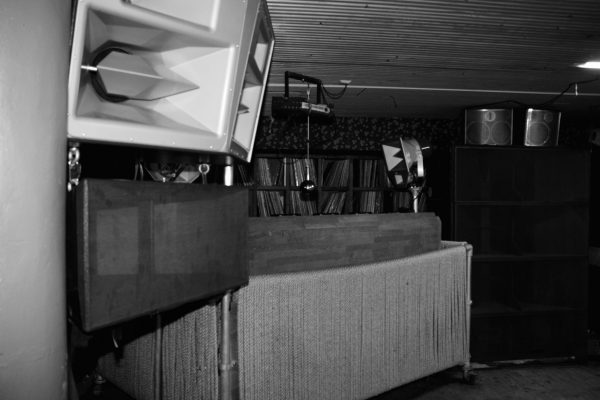 It was Alex Rosner that introduced Long to this world, as a kind of fixer for his sound systems and it would be Rosner that would also inadvertently put him into business. In “Last night a DJ saved my life,” Francis Grasso described an incident where Rosner sent Long out on a job, and Long usurped his boss by outbidding him on the same job as an independent contractor. Rosner remembers it differently in the RBMA documentary. According to Rosner, John Addison (Studio 54) had phoned Rosner up in the middle of the night to ask about doing some work for him. Rosner swiftly hung up on Addison, noting the lateness of the call in what I assume was short conversation littered with expletives. Addison in all his ‘70s cocaine-fuelled cock-sured fury was not a person you would hang the receiver up on likely and put his next call in to Rosner’s budding apprentice effectively putting Richard Long and associates into business.
It was Alex Rosner that introduced Long to this world, as a kind of fixer for his sound systems and it would be Rosner that would also inadvertently put him into business. In “Last night a DJ saved my life,” Francis Grasso described an incident where Rosner sent Long out on a job, and Long usurped his boss by outbidding him on the same job as an independent contractor. Rosner remembers it differently in the RBMA documentary. According to Rosner, John Addison (Studio 54) had phoned Rosner up in the middle of the night to ask about doing some work for him. Rosner swiftly hung up on Addison, noting the lateness of the call in what I assume was short conversation littered with expletives. Addison in all his ‘70s cocaine-fuelled cock-sured fury was not a person you would hang the receiver up on likely and put his next call in to Rosner’s budding apprentice effectively putting Richard Long and associates into business.
“Richard Long was always only about his business,” remembers Kenny Carpenter, a Studio 54 DJ that would DJ on Long’s systems and one of the few people that associated with Long socially. “He was obsessed with sound system and electronic design. He immersed himself in that. His mind was just on his business and I didn’t know many people that were friendly with him.” From the sparse accounts we have of the visionary, a meticulous figure emerges and that diligent approach to his work is why he is still regarded by many to be the father of modern club sound systems. “Alex’s sound was very polished, like going to the theater,” said Nicky Siano while “Richard’s sound was funky and down-home, and bass was always a big component.”
Richard’s crowning achievement would be his J-Horn design; a bass speaker cabinet that was designed to project the lower frequencies as effectively and forcefully as possible. While Mancuso and Rosner were concerned about the placement of the speakers and the room, for Long it was all about power and a system that worked on a corporeal level with certain physicality in the lower frequencies. “Long built bass and it was far superior,” says NY Disco era sound engineer Bob Casey in a Red Bull Music Academy article. He gave the crowd what it wanted. He put your balls up your ass.“ Long employed this model at the Paradise Garage to the greatest effect according to accounts. In the hands of Larry Levan, Long’s system would go down as one of the most devastating dance floor partnerships in DJ history. “When you throw a record like Loleatta Holloway’s ‘Love Sensation’ on in that sound system you hear some frequencies;” remarks Kenny Carpenter, “you hear some bass frequencies and some mids and highs that you never heard in your life. You hear things in the song that you could never hear again.”
Long couldn’t get a better business card than the Paradise Garage at that time, and the club became a kind of showroom for Long, where he would constantly adjust and replace components, most often when Levan got a little over-zealous and blew a speaker. Eventually Area, Bonds International Casino, Zanzibar in Newark, The Box and Warehouse in Chicago all came calling, and Long furnished some of the most impressive clubs in DJ history with sound. At Zanzibar they called Long’s sound system the ”earthquake system” for it’s sheer body-shaking power and Long even managed to tap the European market in designing the sound for Frankfurt’s legendary Dorian Gray. A Long sound system survives today on Coney Island in the Eldorado Bumper cars dance floor, but as you stare into a stack of bass cabinets, like the ones that tower alongside the DJ booth at Jaeger, that Long spirit is still very much alive and those initial Long designs are still very much in use today in some of the world’s most famous clubs.
All those components and philosophies that make up Jaeger’s sound, and for that matter any other club sound system that you’ve encountered in recent years, are a direct consequence of the work that Richard Long, Alex Rosner and David Mancuso did back in the seventies. The room, the signal flow and the awesome power that’s being projected over dance floors like Jaeger week in and week out is a result of the combined work of those three pioneers and all we are doing today is evolving the technology around the fundamental principles that Long, Mancuso and Rosner first established on the dance floor.
